The second most important event in the Brazilian jiu jitsu calendar has passed, and as per usual, it left plenty of topics to discuss and analyze.
The IBJJF Pan American Championship is often seen as the World Jiu Jitsu Championship’s test tube, where the best jiu jitsu competitors put some of their new techniques to the test and work out the necessary adjustments to succeed at the year’s big event. This is also the coming out party for the new black belts to try their skills against the upper echelon of this sport.
This year was one of the best Pan American Championships in that regard, with four “rookies” making it to the top of the podium, and numerous others placing in the lower steps of the glorious IBJJF platform. One of those was certainly Guilherme Augusto, who fought tremendously throughout the event, giving the accomplished Leandro Lo a run for his money in the absolute division, and placing 3rd in his weight class.
But from all newcomers, none shone brighter than the 4 new champions, Mikey Musumeci, Edwin Najmi, Yago de Souza and Joseph Moku.
From these four athletes, a special mention for Edwin who submitted 3 out of his 4 opponents, in one of the most difficult brackets of his division. The 23 year old lost his grandfather a few days before the tournament, but managed to gather the strength to compete. On the mats Najmi put on one of the gutsiest performances of his young life, ending the tournament with the highest submission count in the lightweight division… Which leads us to the first data analysis of this article:
In a long tournament such as the Pan American, many opt for a patient game, hoping to save energy for the later rounds. Others press the pedal and push the pace in every single match, this is the case of Bernardo Faria who submitted every opponent he faced. Another champion who submitted his way through to the final was the aforementioned Edwin Najmi, with only one fight won on advantages.
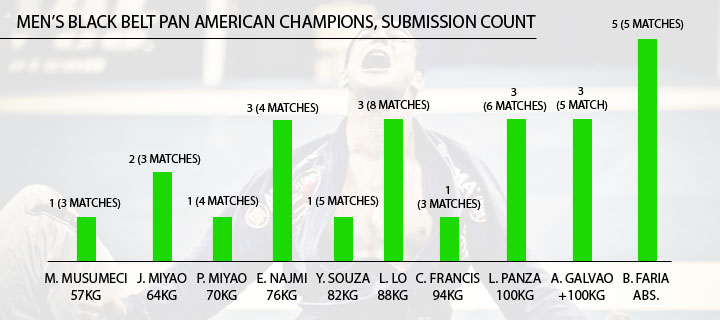
It is worth mentioning again, also Yago de Souza‘s performance. The youngster from New School Brotherhood had a tremendous showing throughout the tournament, and even though he “only” submitted one of his opponents, de Souza proved to be a true showman by always pushing the pace and adding several points on the scoreboard. This dynamic style of grappling helped establish a new point difference record on a Pan American Championship: 58 points! Which Yago conquered against Shawn Key in the very first round of the middleweight division.
Always a hot topic in this sport is the submissions vs points debate, and how much that has (supposedly) changed over the past few years. Going through the past 3 Pan American Championships, the data shows the Pan Ams to be very consistence, aside from the minimal percentual fluctuation.
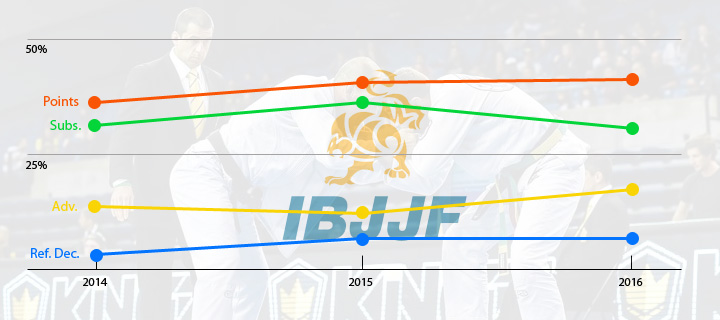
2016 Pan American Championship Data*
Matches observed: 142
Matches won by advantages: 14%
Matches won on points: 45%
Matches won by referee decision: 5%
Matches won by submission: 36%
2015 Matches observed: 140
2014 Matches observed: 118
*Due to shortage of manpower, we could not take in the results from the female’s divisions.
The famous Abu Dhabi Grand Slam completed its international tour this weekend in London – England, leaving us with enough data to compare against the Pan American championship. The UAEJJF tournament rules do not differ greatly from those of the IBJJF, but they do offer different time limits in the adult black belt division (6 minutes instead of 10).
The idea behind the shorter matches was to incentivise the athletes to push the pace, this way creating a more spectator friendly environment.
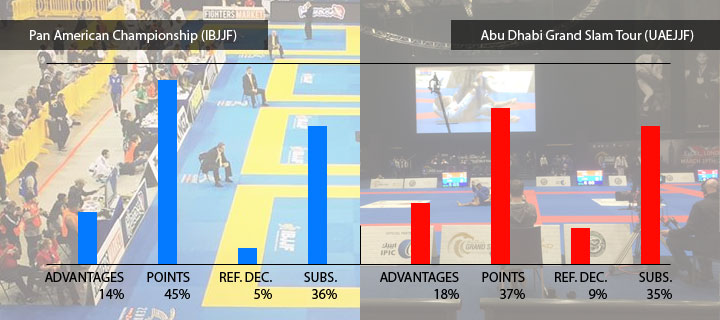
After analyzing over 200 Grand Slam match results, the conclusion we can make is that changing the time limit has no effect on the submission ratio of jiu jitsu. It does however push the number of matches won on points down, in detriment of matches won on advantages and particularly by referee decision (almost doubled).
This raises a particular concern, as it substantially empowers the referee’s role on a match, a facet of the sport that still gets its fair share of criticism.
Back on the main topic, the purpose of this article was to study the top submissions utilised throughout the tournament, and assess the main changes to this aspect of mainstream jiu jitsu.
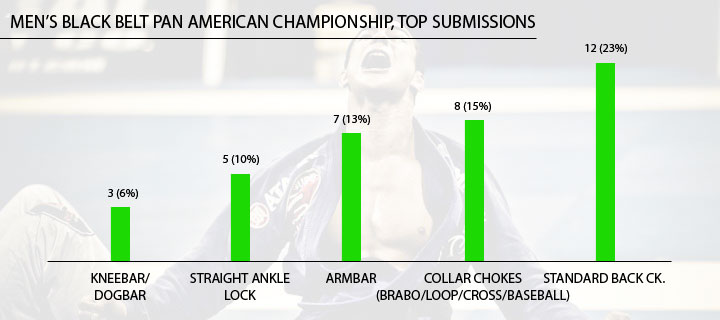
Without surprise submissions from back control ruled this year’s Pan American Championship, though peculiarly there was a considerable change these submissions obtained from back mount. That change was with the bow and arrow choke, which disappeared from the top finishes, being obliterated by standard back choke (see differences here).
We are also witnessing a change in the frequency of collar chokes. Since the times of Roger Gracie, we had not seen as much consistency with these types of attacks, but they seem to be back in vogue. Most certainly due to the “new” and highly successful “knee slide + brabo/cross collar/baseball choke” combo of attacks that have become trademarks of highly dominant grapplers such as Fernando Margarida, and have now been adopted by the influential Leandro Lo and Romulo Barral.
All and all the IBJJF Pan American championship maintained the high level that we have seen in previous years, solidifying the status it already upheld. The black belt adult divisions were bigger and more talent dense than never before.
We also witnessed very exciting final matches 4 of which finished by submission, with only one close out. If the pan American championship serves as the barometer of this sport, we can comfortably say we have sunny days ahead.
Cover banner creative based on photograph taken by FloGrappling.com




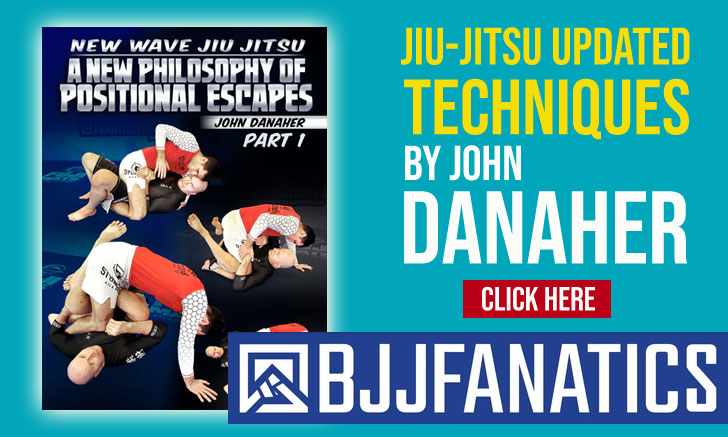
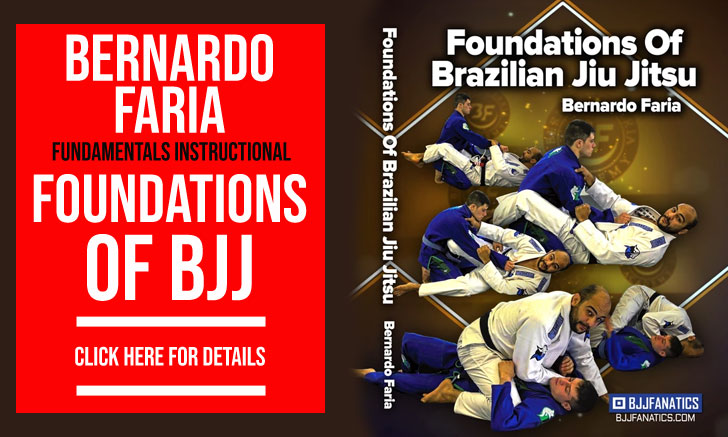










Super cool article as it is so informative. Liked the stats a lot. And certainly liked that we seem to have sunny days ahead.